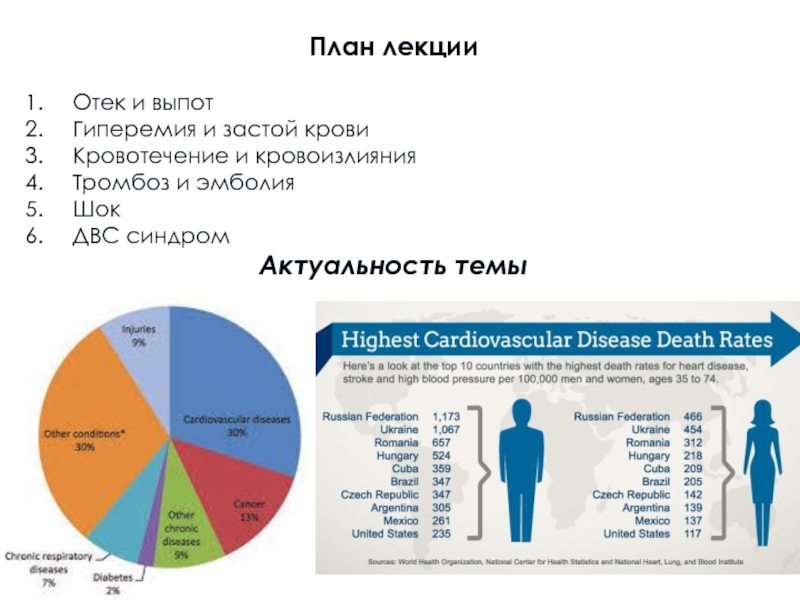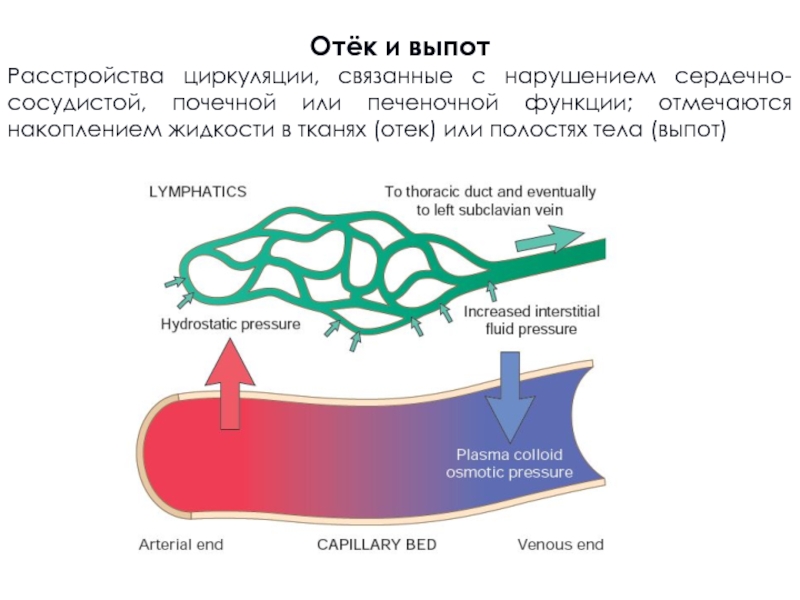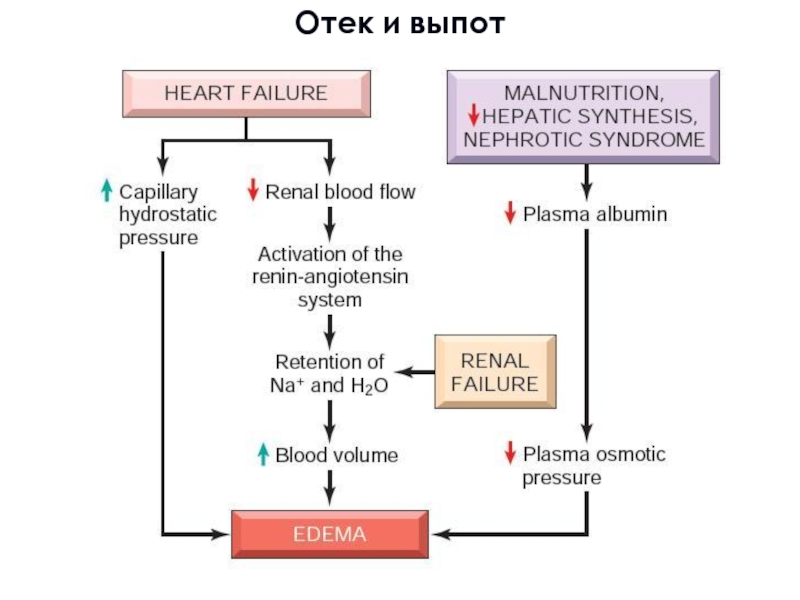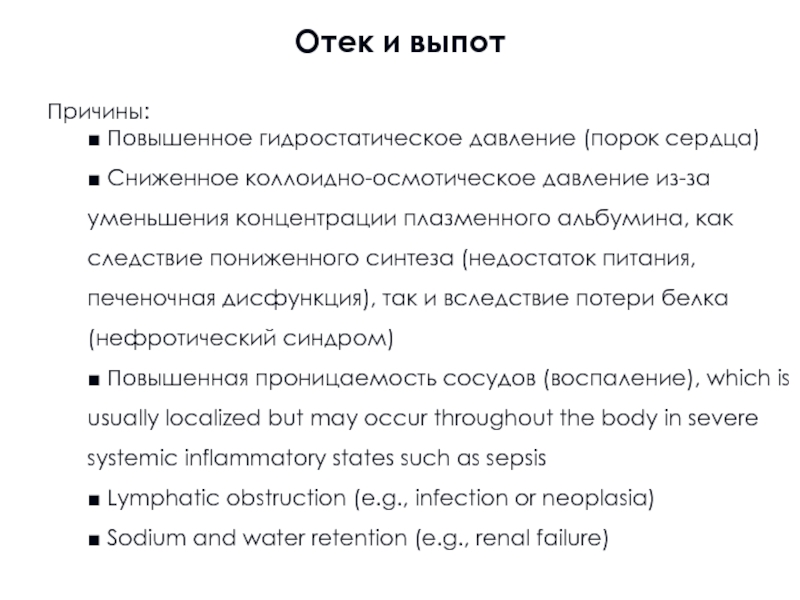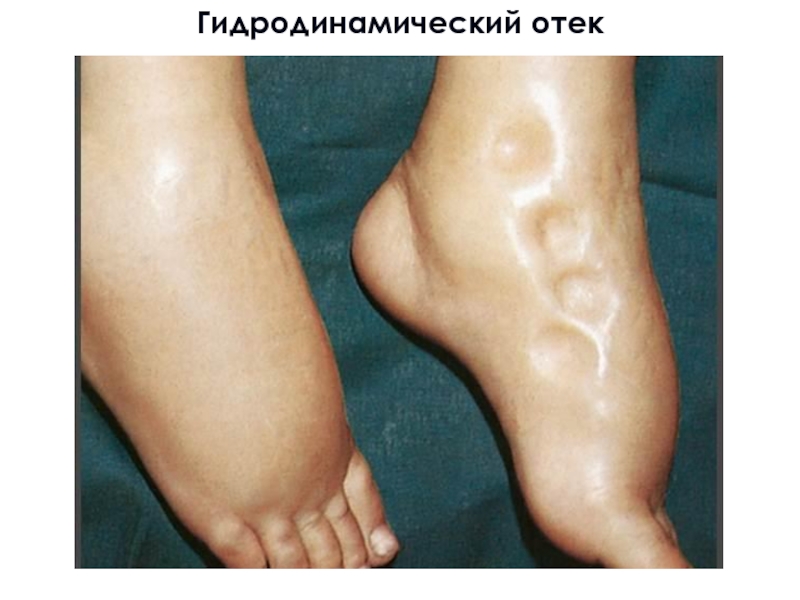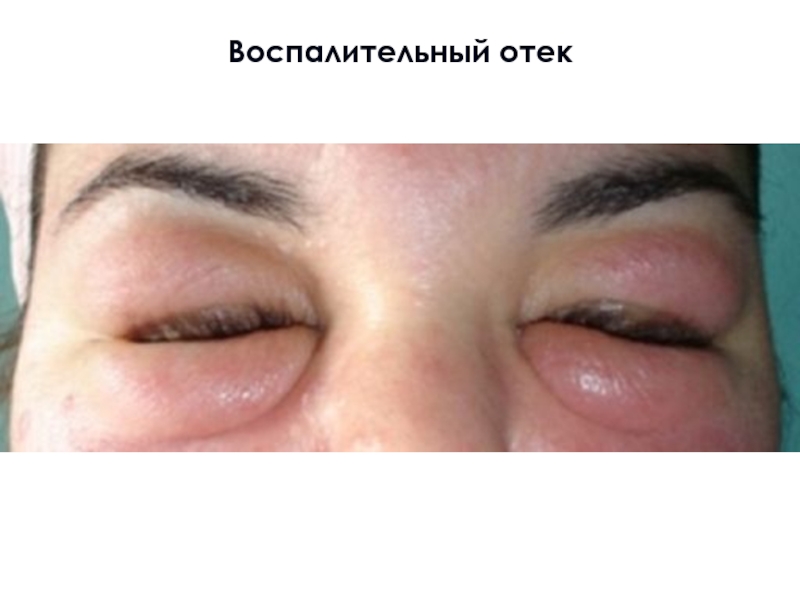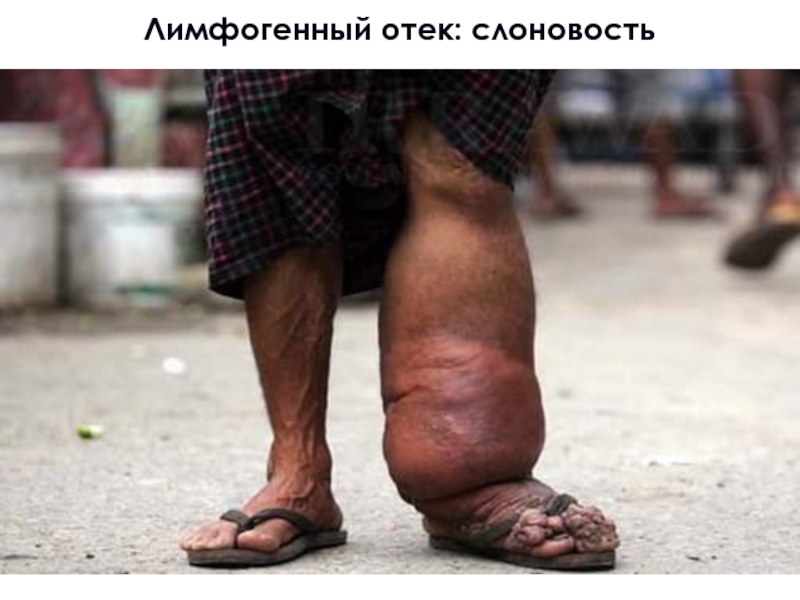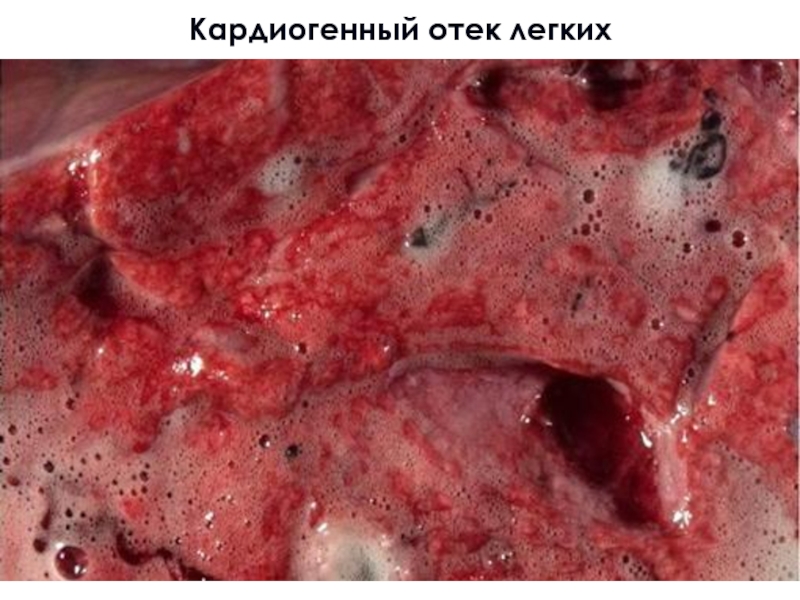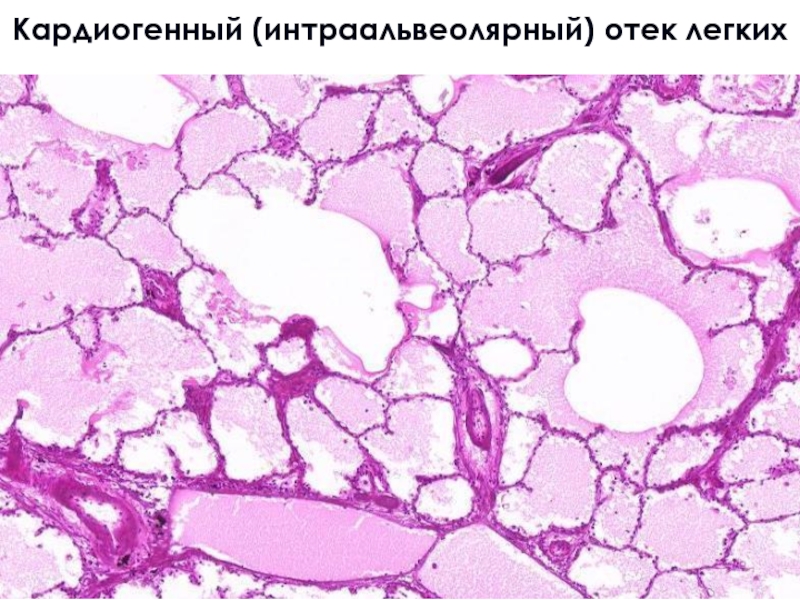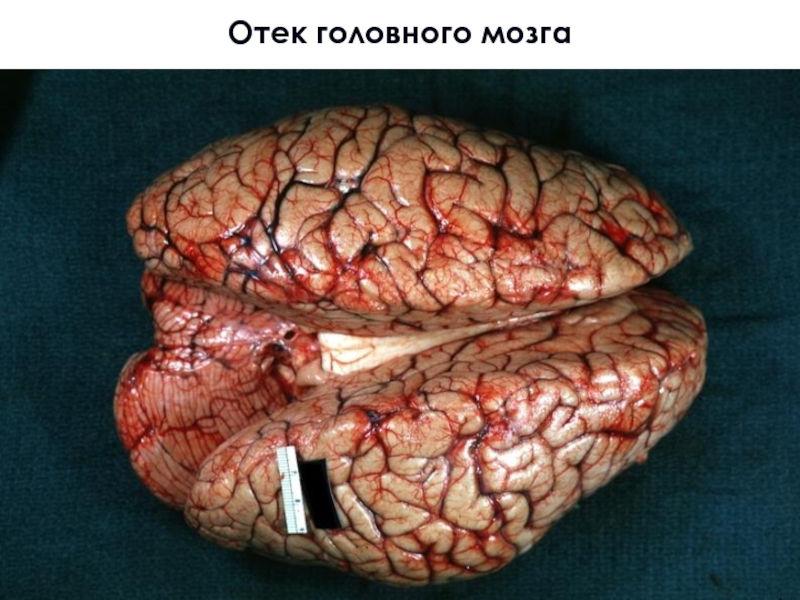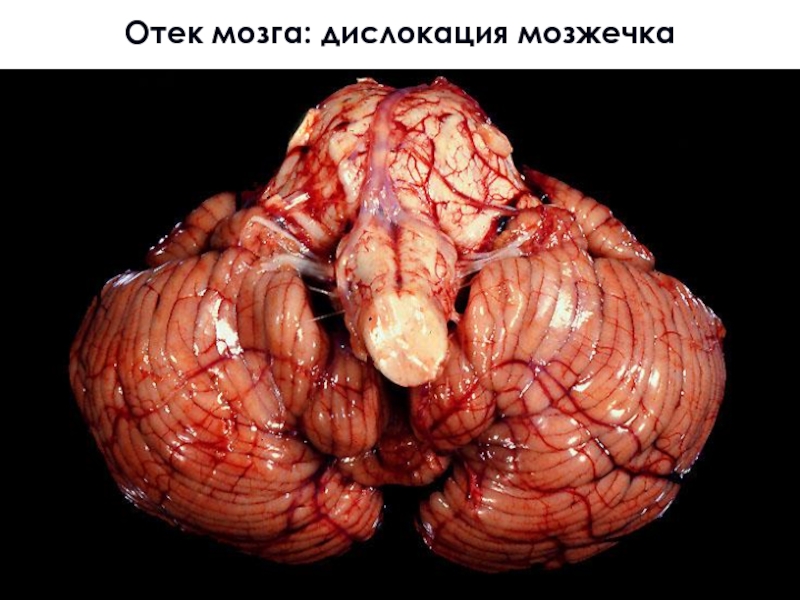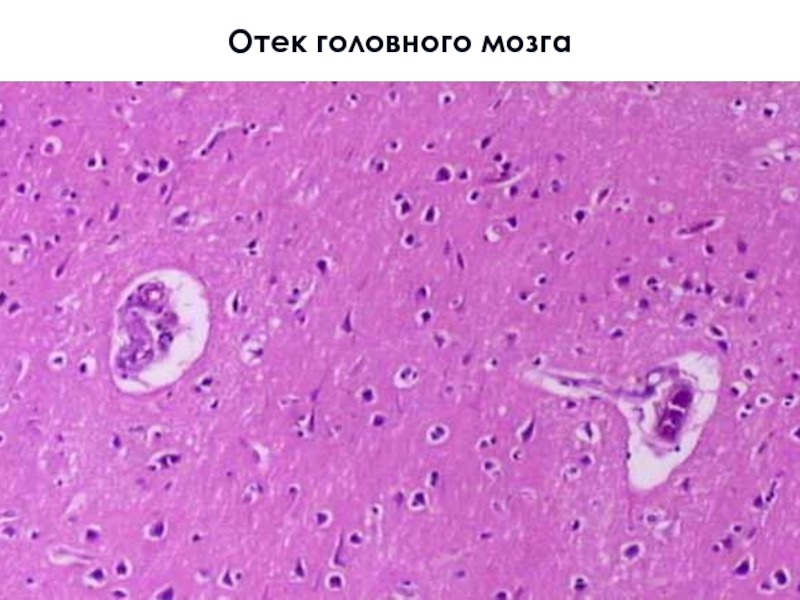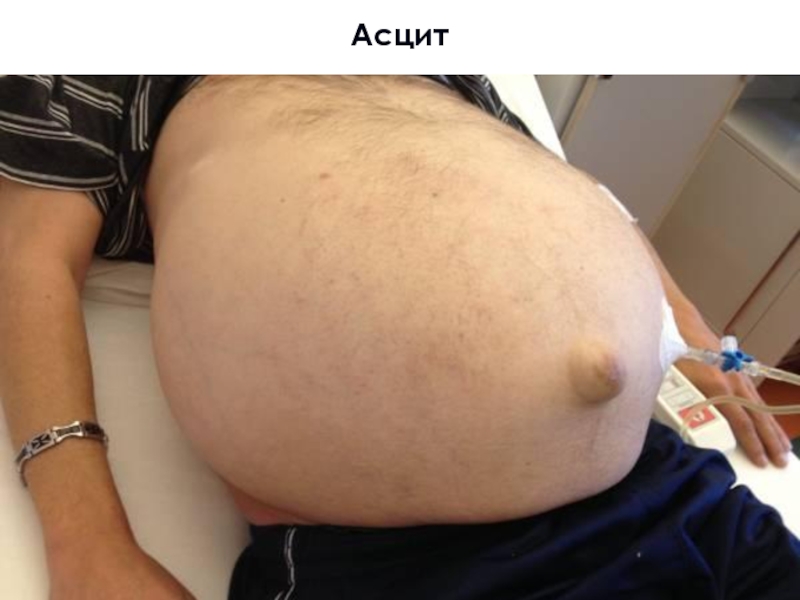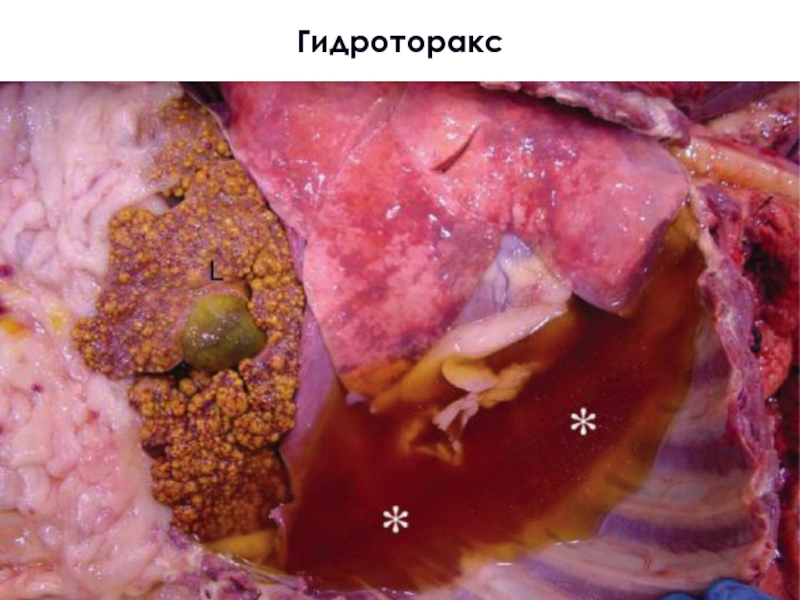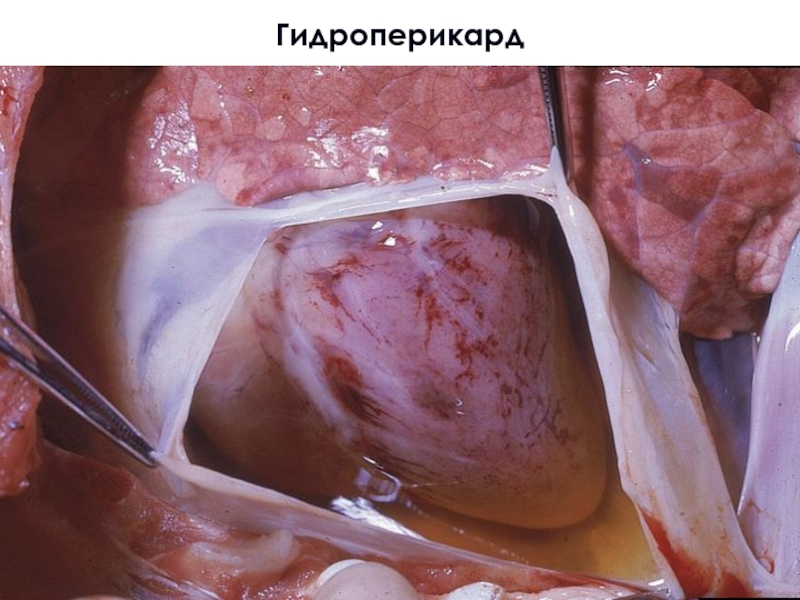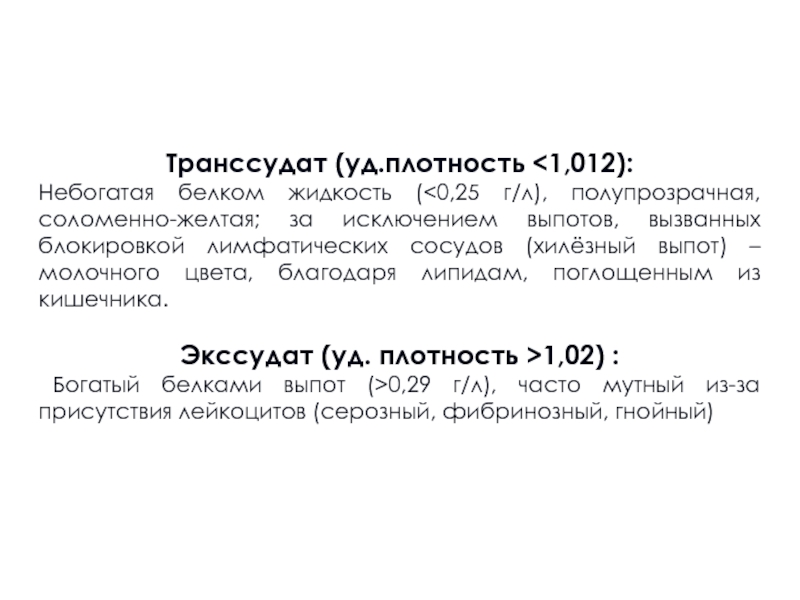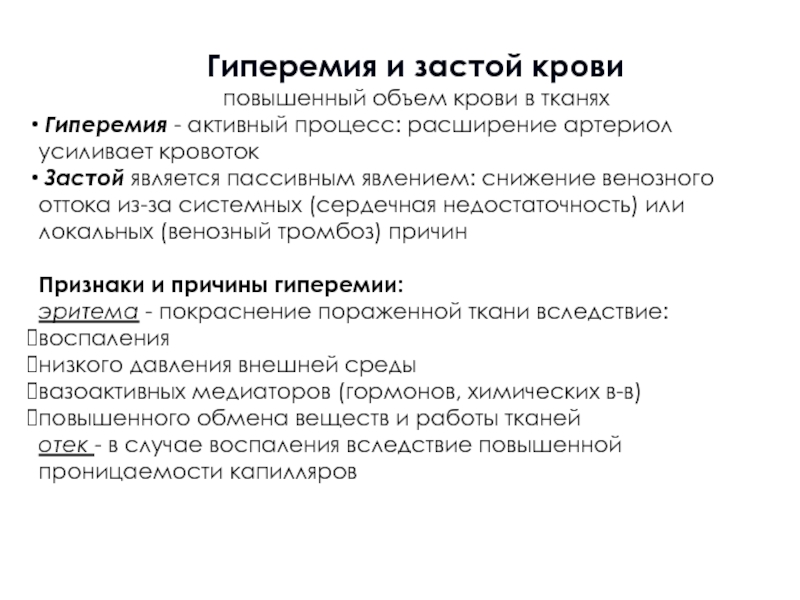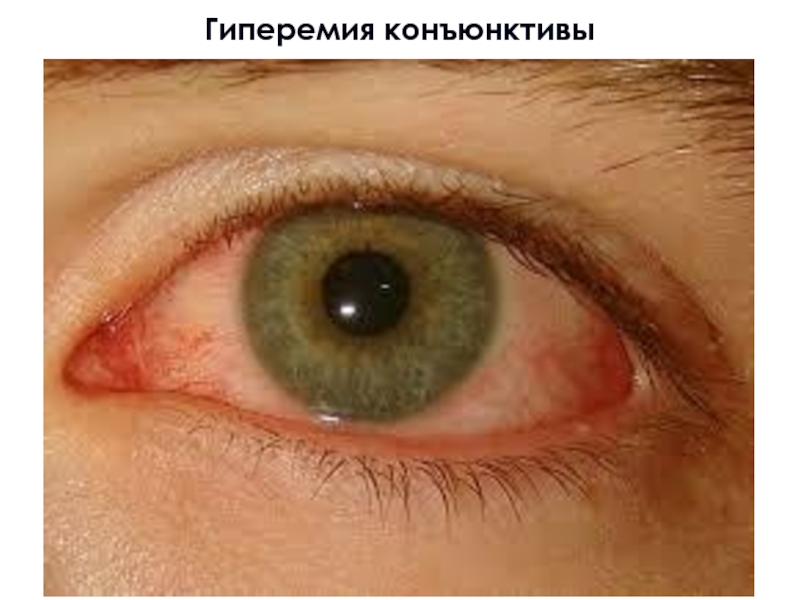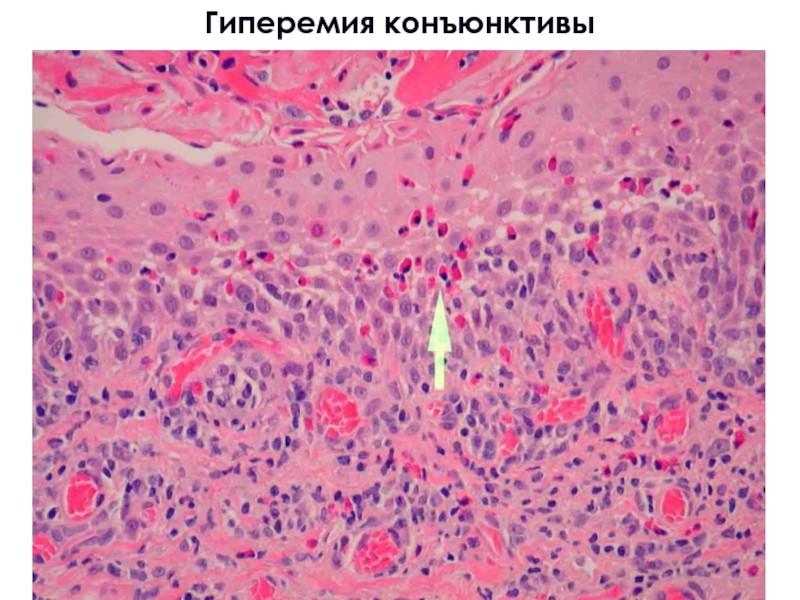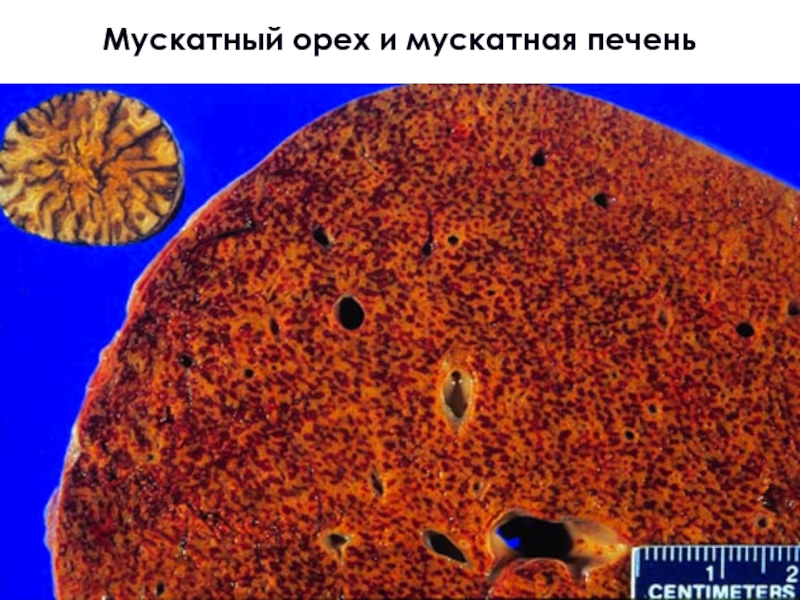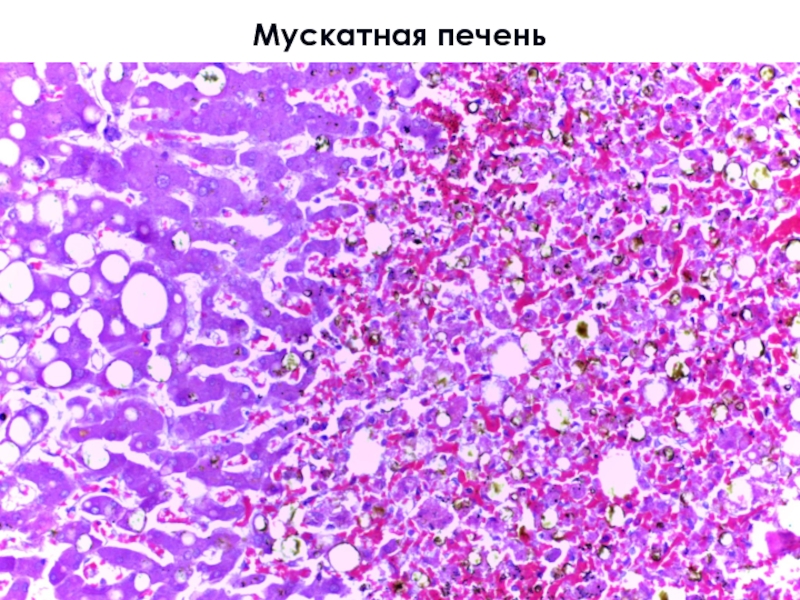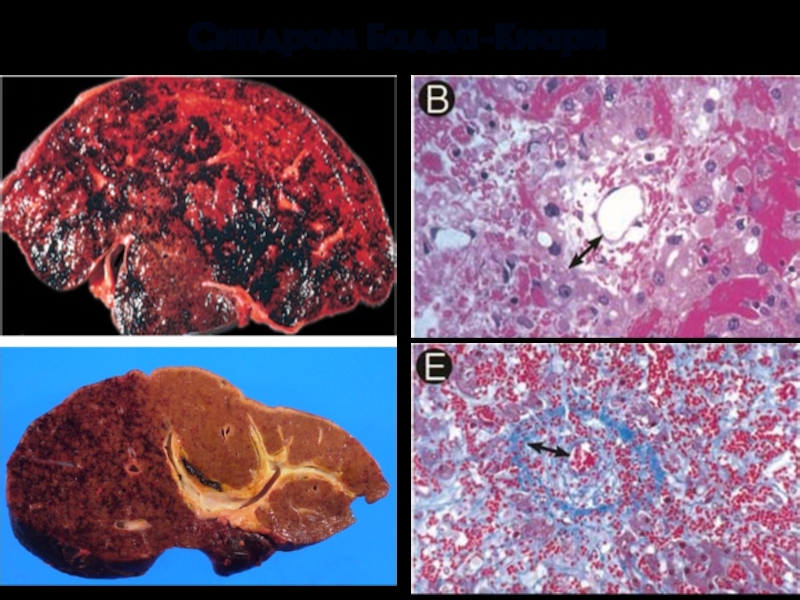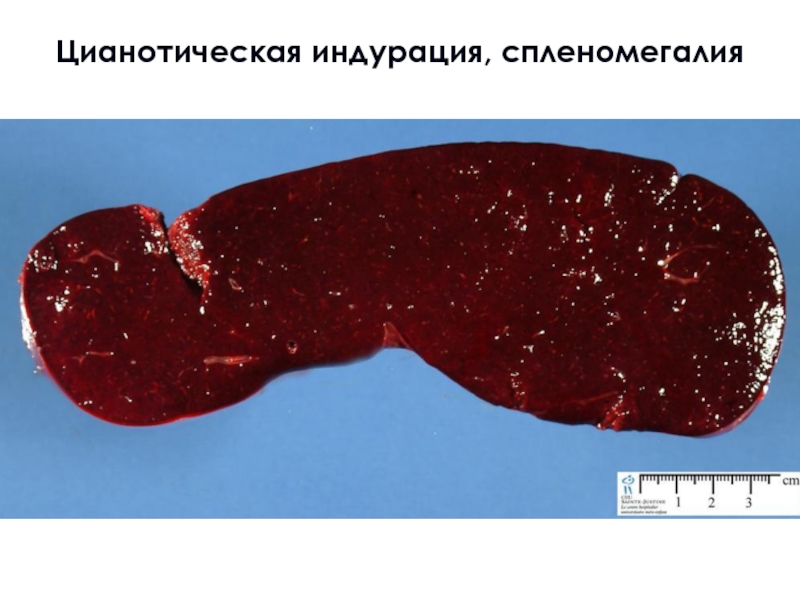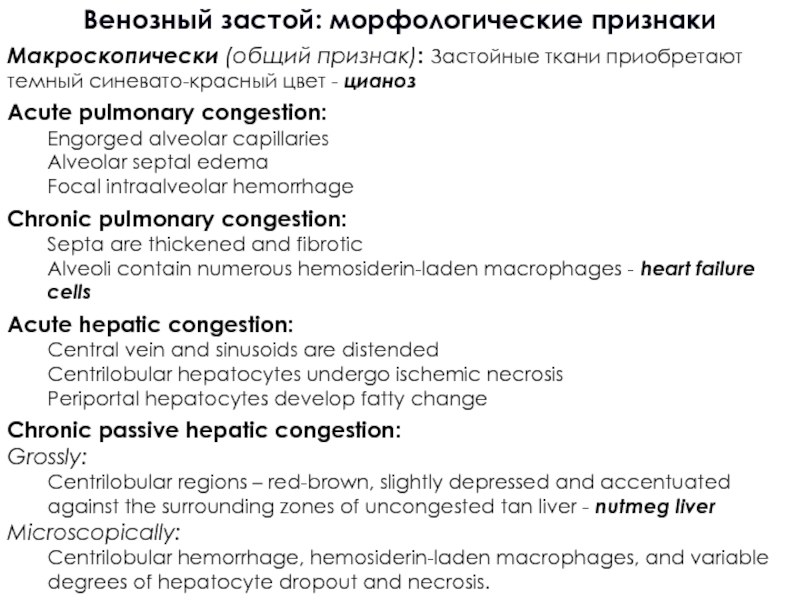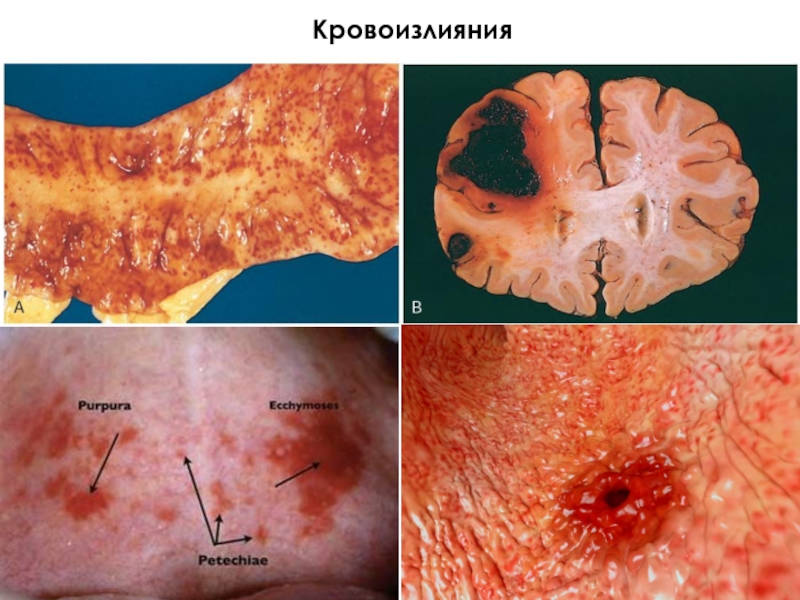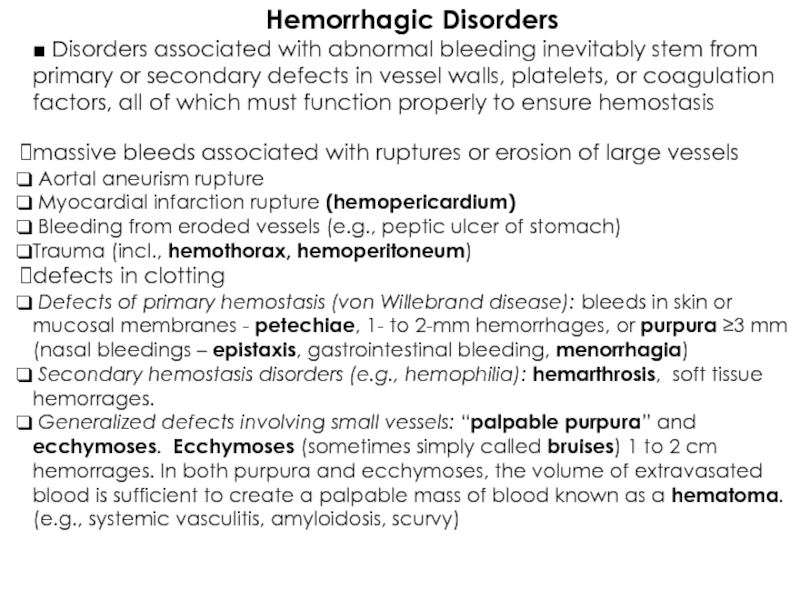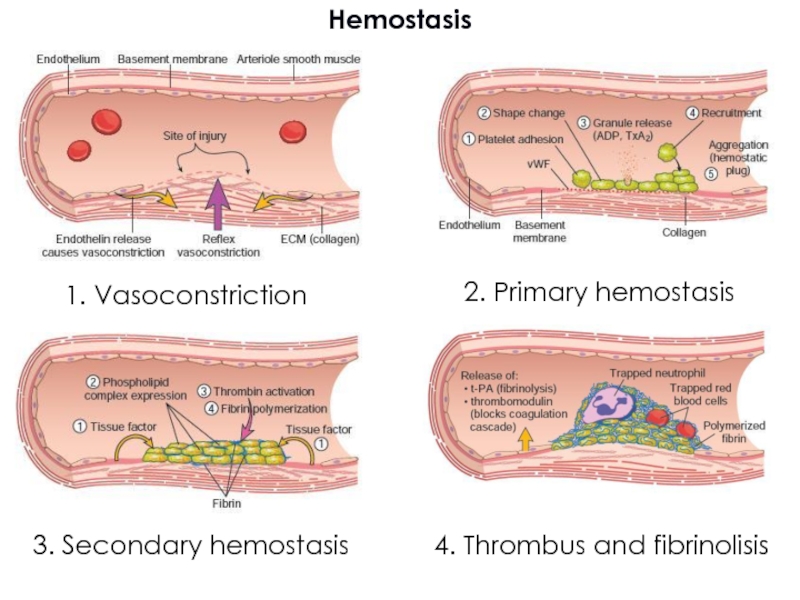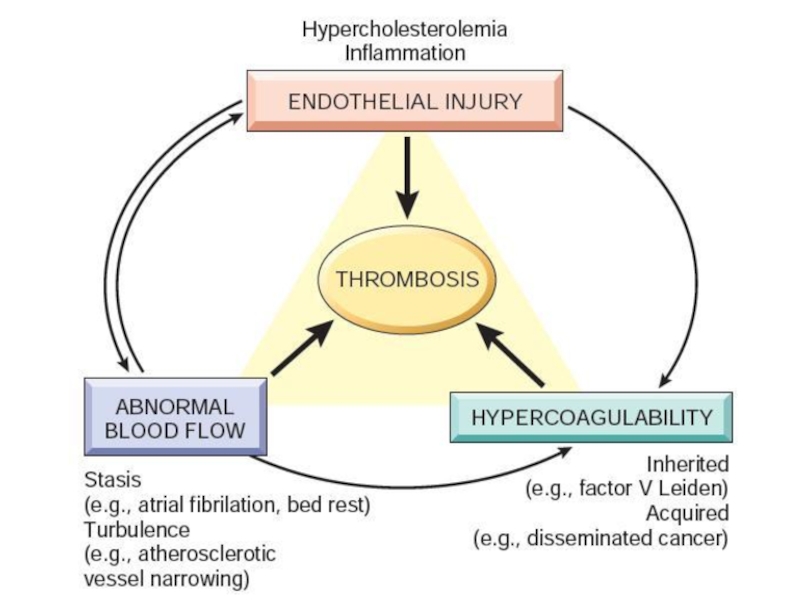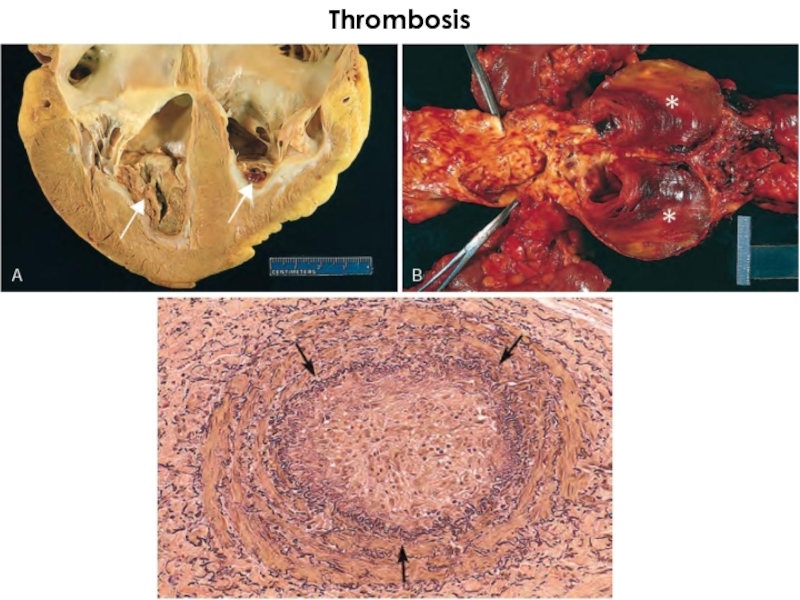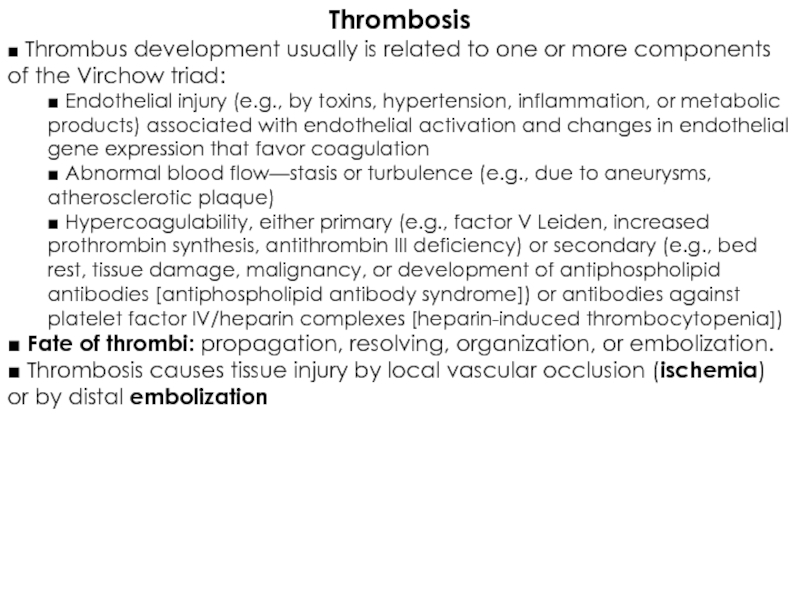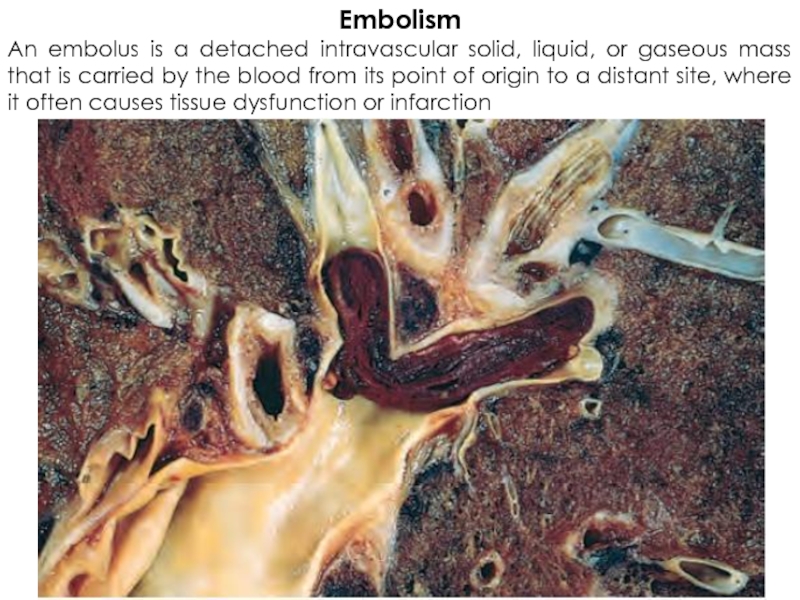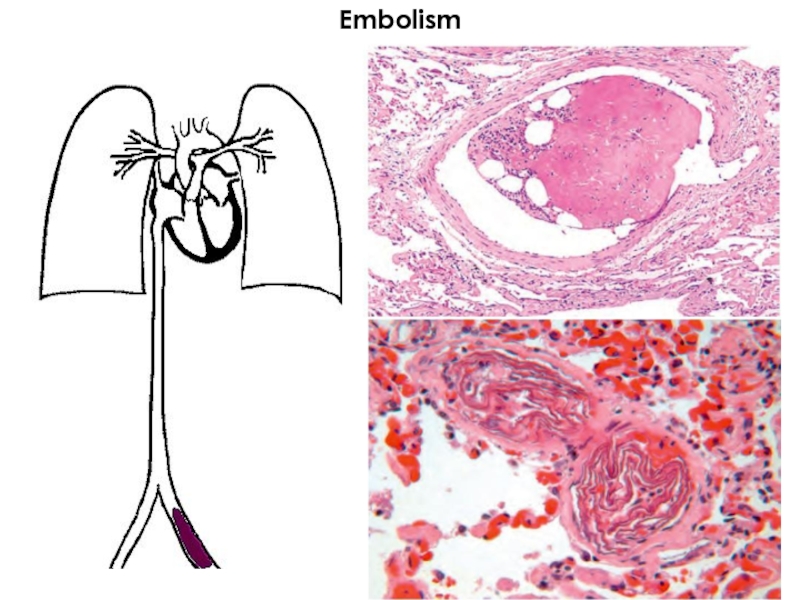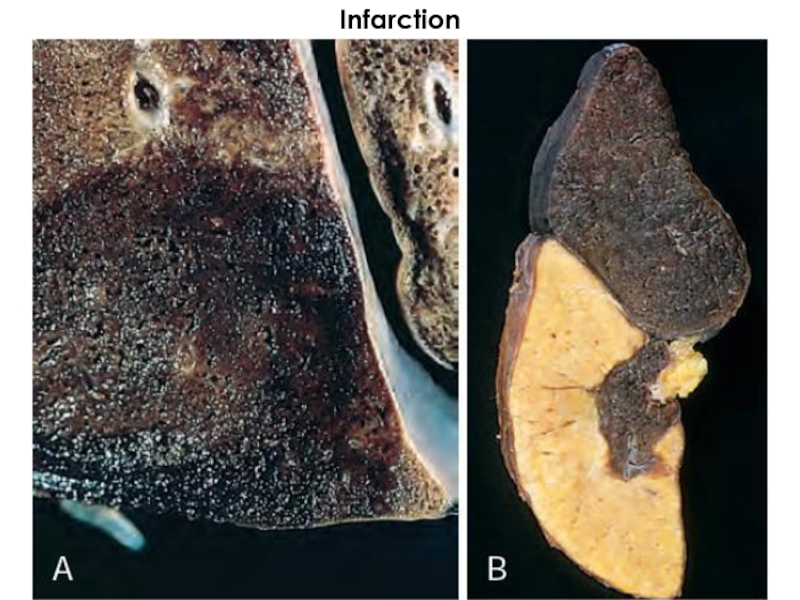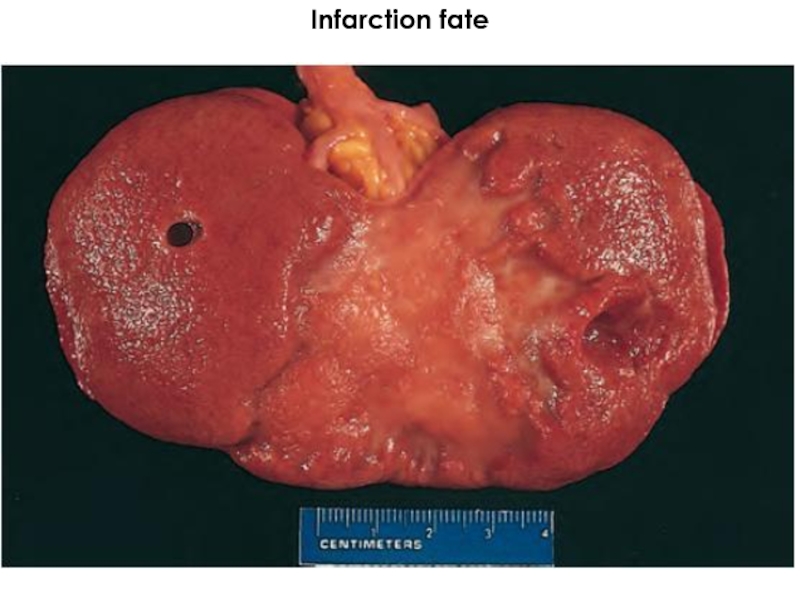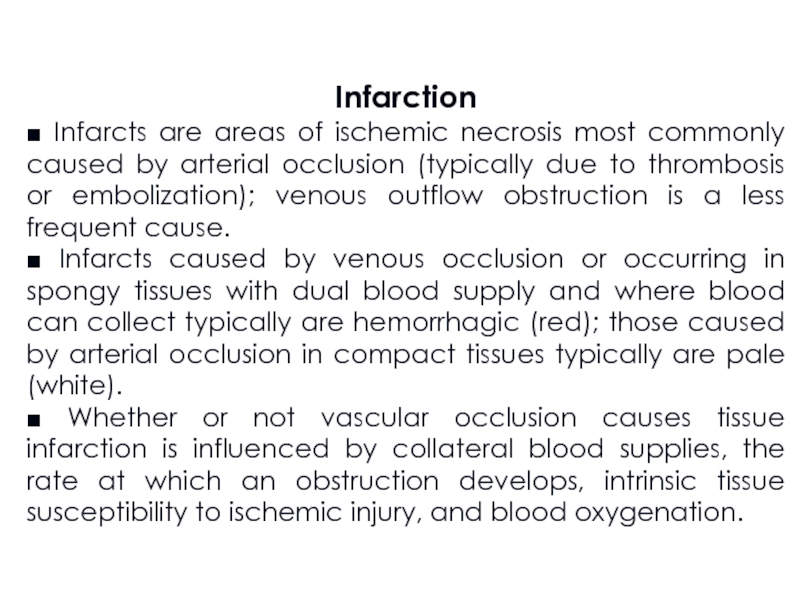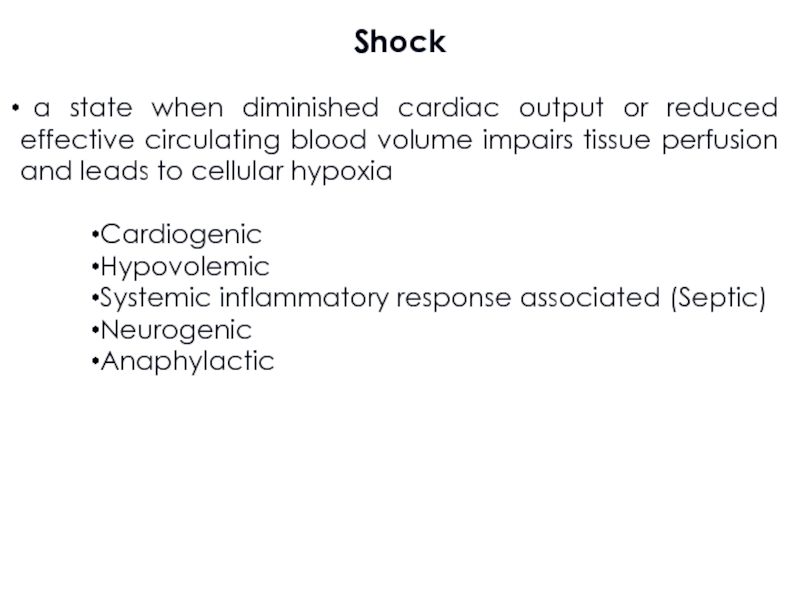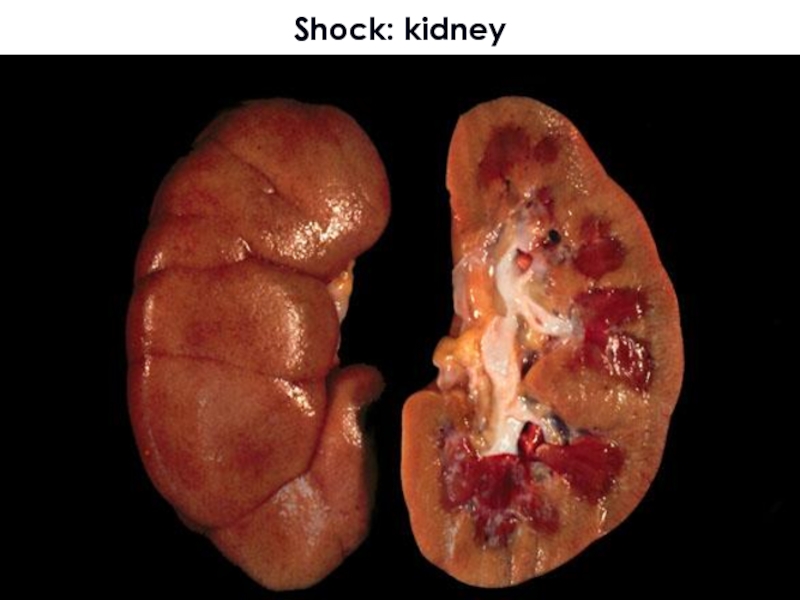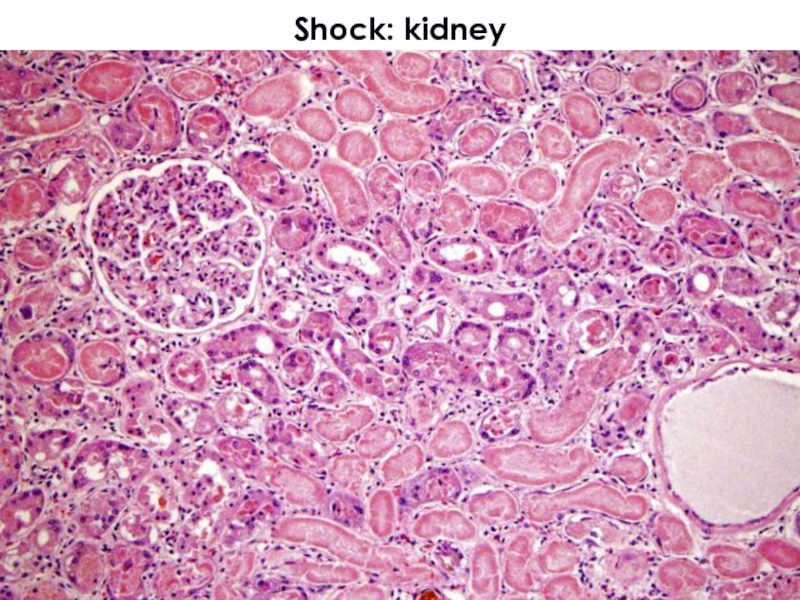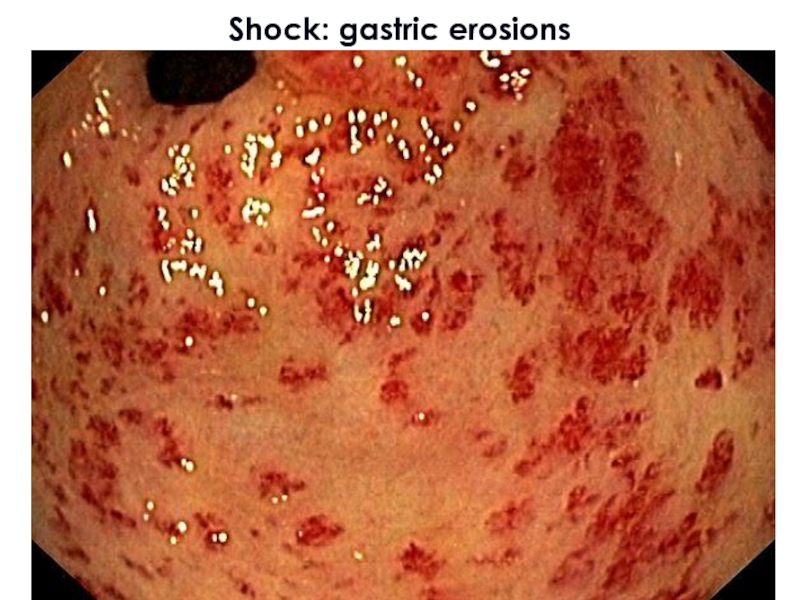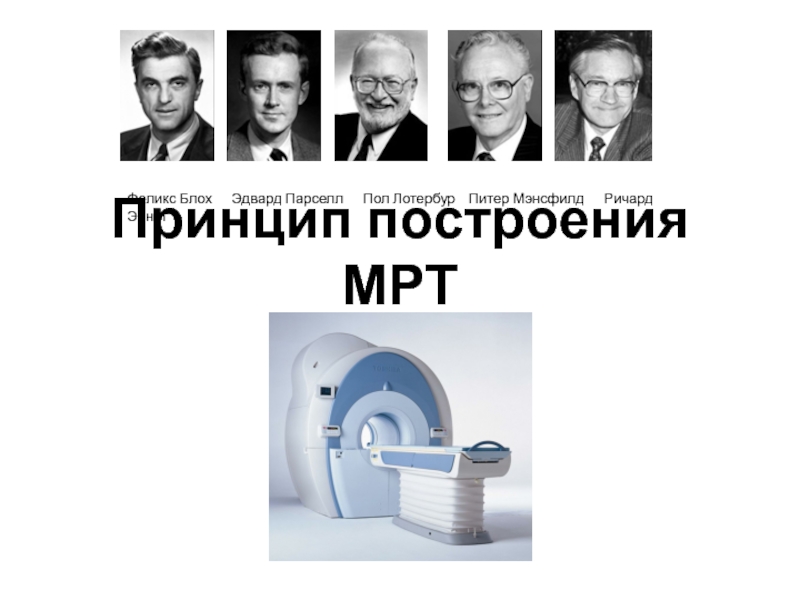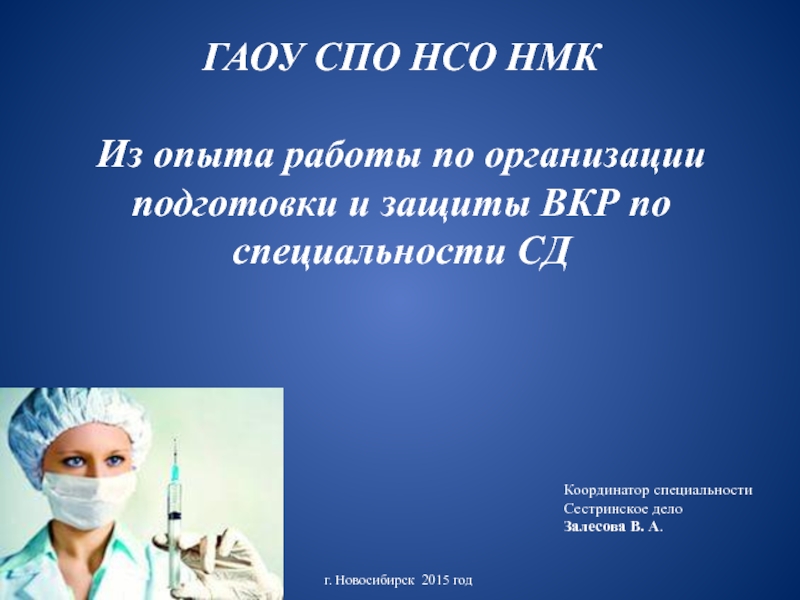- Главная
- Разное
- Дизайн
- Бизнес и предпринимательство
- Аналитика
- Образование
- Развлечения
- Красота и здоровье
- Финансы
- Государство
- Путешествия
- Спорт
- Недвижимость
- Армия
- Графика
- Культурология
- Еда и кулинария
- Лингвистика
- Английский язык
- Астрономия
- Алгебра
- Биология
- География
- Детские презентации
- Информатика
- История
- Литература
- Маркетинг
- Математика
- Медицина
- Менеджмент
- Музыка
- МХК
- Немецкий язык
- ОБЖ
- Обществознание
- Окружающий мир
- Педагогика
- Русский язык
- Технология
- Физика
- Философия
- Химия
- Шаблоны, картинки для презентаций
- Экология
- Экономика
- Юриспруденция
Отек и выпот презентация
Содержание
- 3. РОЗЛАДИ ЦИРКУЛЯЦІЇ Лекція 3
- 4. План лекции Отек и выпот
- 5. Отёк и выпот Расстройства циркуляции, связанные
- 6. Отек и выпот
- 7. Отек и выпот Причины: ■ Повышенное
- 8. Гидродинамический отек
- 9. Воспалительный отек
- 10. Лимфогенный отек: слоновость
- 11. Кардиогенный отек легких
- 12. Кардиогенный (интраальвеолярный) отек легких
- 13. Отек головного мозга
- 14. Отек мозга: дислокация мозжечка
- 15. Отек головного мозга
- 16. Асцит
- 17. Гидроторакс
- 18. Гидроперикард
- 19. Транссудат (уд.плотность 0,29 г/л), часто мутный из-за присутствия лейкоцитов (серозный, фибринозный, гнойный)
- 20. Гиперемия и застой крови
- 21. Гиперемия конъюнктивы
- 22. Гиперемия конъюнктивы
- 23. Мускатный орех и мускатная печень
- 24. Мускатная печень
- 25. Синдром Бадда-Киари
- 26. “Бурая индурация” легких
- 27. Цианотическая индурация, спленомегалия
- 28. Надоели пробки? Одевай кроссовки!
- 29. Венозный застой: морфологические признаки Макроскопически (общий признак):
- 30. Кровоизлияния
- 31. Hemorrhagic Disorders ■ Disorders associated with abnormal
- 32. Hemostasis 1. Vasoconstriction 2. Primary hemostasis 4. Thrombus and fibrinolisis 3. Secondary hemostasis
- 34. Thrombosis
- 35. Thrombosis ■ Thrombus development usually is related
- 36. Embolism An embolus is a detached intravascular
- 37. Embolism
- 38. Infarction
- 39. Infarction fate
- 40. Infarction ■ Infarcts are areas of ischemic
- 41. Shock a state when diminished
- 42. Shock: kidney
- 43. Shock: kidney
- 44. Shock: gastric erosions
Слайд 4
План лекции
Отек и выпот
Гиперемия и застой крови
Кровотечение и кровоизлияния
Тромбоз и эмболия
Шок
ДВС
синдром
Актуальность темы
Актуальность темы
Слайд 5
Отёк и выпот
Расстройства циркуляции, связанные с нарушением сердечно-сосудистой, почечной или печеночной
функции; отмечаются накоплением жидкости в тканях (отек) или полостях тела (выпот)
Слайд 7Отек и выпот
Причины:
■ Повышенное гидростатическое давление (порок сердца)
■ Сниженное коллоидно-осмотическое давление
из-за уменьшения концентрации плазменного альбумина, как следствие пониженного синтеза (недостаток питания, печеночная дисфункция), так и вследствие потери белка (нефротический синдром)
■ Повышенная проницаемость сосудов (воспаление), which is usually localized but may occur throughout the body in severe systemic inflammatory states such as sepsis
■ Lymphatic obstruction (e.g., infection or neoplasia)
■ Sodium and water retention (e.g., renal failure)
■ Повышенная проницаемость сосудов (воспаление), which is usually localized but may occur throughout the body in severe systemic inflammatory states such as sepsis
■ Lymphatic obstruction (e.g., infection or neoplasia)
■ Sodium and water retention (e.g., renal failure)
Слайд 19Транссудат (уд.плотность
выпотов, вызванных блокировкой лимфатических сосудов (хилёзный выпот) – молочного цвета, благодаря липидам, поглощенным из кишечника.
Экссудат (уд. плотность >1,02) :
Богатый белками выпот (>0,29 г/л), часто мутный из-за присутствия лейкоцитов (серозный, фибринозный, гнойный)
Экссудат (уд. плотность >1,02) :
Богатый белками выпот (>0,29 г/л), часто мутный из-за присутствия лейкоцитов (серозный, фибринозный, гнойный)
Слайд 20Гиперемия и застой крови
повышенный объем крови в тканях
Гиперемия - активный процесс: расширение артериол усиливает кровоток
Застой является пассивным явлением: снижение венозного оттока из-за системных (сердечная недостаточность) или локальных (венозный тромбоз) причин
Признаки и причины гиперемии:
эритема - покраснение пораженной ткани вследствие:
воспаления
низкого давления внешней среды
вазоактивных медиаторов (гормонов, химических в-в)
повышенного обмена веществ и работы тканей
отек - в случае воспаления вследствие повышенной проницаемости капилляров
Гиперемия - активный процесс: расширение артериол усиливает кровоток
Застой является пассивным явлением: снижение венозного оттока из-за системных (сердечная недостаточность) или локальных (венозный тромбоз) причин
Признаки и причины гиперемии:
эритема - покраснение пораженной ткани вследствие:
воспаления
низкого давления внешней среды
вазоактивных медиаторов (гормонов, химических в-в)
повышенного обмена веществ и работы тканей
отек - в случае воспаления вследствие повышенной проницаемости капилляров
Слайд 29Венозный застой: морфологические признаки
Макроскопически (общий признак): Застойные ткани приобретают темный синевато-красный
цвет - цианоз
Acute pulmonary congestion:
Engorged alveolar capillaries
Alveolar septal edema
Focal intraalveolar hemorrhage
Chronic pulmonary congestion:
Septa are thickened and fibrotic
Alveoli contain numerous hemosiderin-laden macrophages - heart failure cells
Acute hepatic congestion:
Central vein and sinusoids are distended
Centrilobular hepatocytes undergo ischemic necrosis
Periportal hepatocytes develop fatty change
Chronic passive hepatic congestion:
Grossly:
Centrilobular regions – red-brown, slightly depressed and accentuated against the surrounding zones of uncongested tan liver - nutmeg liver
Microscopically:
Centrilobular hemorrhage, hemosiderin-laden macrophages, and variable degrees of hepatocyte dropout and necrosis.
Acute pulmonary congestion:
Engorged alveolar capillaries
Alveolar septal edema
Focal intraalveolar hemorrhage
Chronic pulmonary congestion:
Septa are thickened and fibrotic
Alveoli contain numerous hemosiderin-laden macrophages - heart failure cells
Acute hepatic congestion:
Central vein and sinusoids are distended
Centrilobular hepatocytes undergo ischemic necrosis
Periportal hepatocytes develop fatty change
Chronic passive hepatic congestion:
Grossly:
Centrilobular regions – red-brown, slightly depressed and accentuated against the surrounding zones of uncongested tan liver - nutmeg liver
Microscopically:
Centrilobular hemorrhage, hemosiderin-laden macrophages, and variable degrees of hepatocyte dropout and necrosis.
Слайд 31Hemorrhagic Disorders
■ Disorders associated with abnormal bleeding inevitably stem from primary
or secondary defects in vessel walls, platelets, or coagulation factors, all of which must function properly to ensure hemostasis
massive bleeds associated with ruptures or erosion of large vessels
Aortal aneurism rupture
Myocardial infarction rupture (hemopericardium)
Bleeding from eroded vessels (e.g., peptic ulcer of stomach)
Trauma (incl., hemothorax, hemoperitoneum)
defects in clotting
Defects of primary hemostasis (von Willebrand disease): bleeds in skin or mucosal membranes - petechiae, 1- to 2-mm hemorrhages, or purpura ≥3 mm
(nasal bleedings – epistaxis, gastrointestinal bleeding, menorrhagia)
Secondary hemostasis disorders (e.g., hemophilia): hemarthrosis, soft tissue hemorrages.
Generalized defects involving small vessels: “palpable purpura” and ecchymoses. Ecchymoses (sometimes simply called bruises) 1 to 2 cm hemorrages. In both purpura and ecchymoses, the volume of extravasated blood is sufficient to create a palpable mass of blood known as a hematoma. (e.g., systemic vasculitis, amyloidosis, scurvy)
massive bleeds associated with ruptures or erosion of large vessels
Aortal aneurism rupture
Myocardial infarction rupture (hemopericardium)
Bleeding from eroded vessels (e.g., peptic ulcer of stomach)
Trauma (incl., hemothorax, hemoperitoneum)
defects in clotting
Defects of primary hemostasis (von Willebrand disease): bleeds in skin or mucosal membranes - petechiae, 1- to 2-mm hemorrhages, or purpura ≥3 mm
(nasal bleedings – epistaxis, gastrointestinal bleeding, menorrhagia)
Secondary hemostasis disorders (e.g., hemophilia): hemarthrosis, soft tissue hemorrages.
Generalized defects involving small vessels: “palpable purpura” and ecchymoses. Ecchymoses (sometimes simply called bruises) 1 to 2 cm hemorrages. In both purpura and ecchymoses, the volume of extravasated blood is sufficient to create a palpable mass of blood known as a hematoma. (e.g., systemic vasculitis, amyloidosis, scurvy)
Слайд 32Hemostasis
1. Vasoconstriction
2. Primary hemostasis
4. Thrombus and fibrinolisis
3. Secondary hemostasis
Слайд 35Thrombosis
■ Thrombus development usually is related to one or more components
of the Virchow triad:
■ Endothelial injury (e.g., by toxins, hypertension, inflammation, or metabolic products) associated with endothelial activation and changes in endothelial gene expression that favor coagulation
■ Abnormal blood flow—stasis or turbulence (e.g., due to aneurysms, atherosclerotic plaque)
■ Hypercoagulability, either primary (e.g., factor V Leiden, increased prothrombin synthesis, antithrombin III deficiency) or secondary (e.g., bed rest, tissue damage, malignancy, or development of antiphospholipid antibodies [antiphospholipid antibody syndrome]) or antibodies against platelet factor IV/heparin complexes [heparin-induced thrombocytopenia])
■ Fate of thrombi: propagation, resolving, organization, or embolization.
■ Thrombosis causes tissue injury by local vascular occlusion (ischemia) or by distal embolization
■ Endothelial injury (e.g., by toxins, hypertension, inflammation, or metabolic products) associated with endothelial activation and changes in endothelial gene expression that favor coagulation
■ Abnormal blood flow—stasis or turbulence (e.g., due to aneurysms, atherosclerotic plaque)
■ Hypercoagulability, either primary (e.g., factor V Leiden, increased prothrombin synthesis, antithrombin III deficiency) or secondary (e.g., bed rest, tissue damage, malignancy, or development of antiphospholipid antibodies [antiphospholipid antibody syndrome]) or antibodies against platelet factor IV/heparin complexes [heparin-induced thrombocytopenia])
■ Fate of thrombi: propagation, resolving, organization, or embolization.
■ Thrombosis causes tissue injury by local vascular occlusion (ischemia) or by distal embolization
Слайд 36Embolism
An embolus is a detached intravascular solid, liquid, or gaseous mass
that is carried by the blood from its point of origin to a distant site, where it often causes tissue dysfunction or infarction
Слайд 40Infarction
■ Infarcts are areas of ischemic necrosis most commonly caused by
arterial occlusion (typically due to thrombosis or embolization); venous outflow obstruction is a less frequent cause.
■ Infarcts caused by venous occlusion or occurring in spongy tissues with dual blood supply and where blood can collect typically are hemorrhagic (red); those caused by arterial occlusion in compact tissues typically are pale (white).
■ Whether or not vascular occlusion causes tissue infarction is influenced by collateral blood supplies, the rate at which an obstruction develops, intrinsic tissue susceptibility to ischemic injury, and blood oxygenation.
■ Infarcts caused by venous occlusion or occurring in spongy tissues with dual blood supply and where blood can collect typically are hemorrhagic (red); those caused by arterial occlusion in compact tissues typically are pale (white).
■ Whether or not vascular occlusion causes tissue infarction is influenced by collateral blood supplies, the rate at which an obstruction develops, intrinsic tissue susceptibility to ischemic injury, and blood oxygenation.
Слайд 41Shock
a state when diminished cardiac output or reduced effective circulating
blood volume impairs tissue perfusion and leads to cellular hypoxia
Cardiogenic
Hypovolemic
Systemic inflammatory response associated (Septic)
Neurogenic
Anaphylactic
Cardiogenic
Hypovolemic
Systemic inflammatory response associated (Septic)
Neurogenic
Anaphylactic



